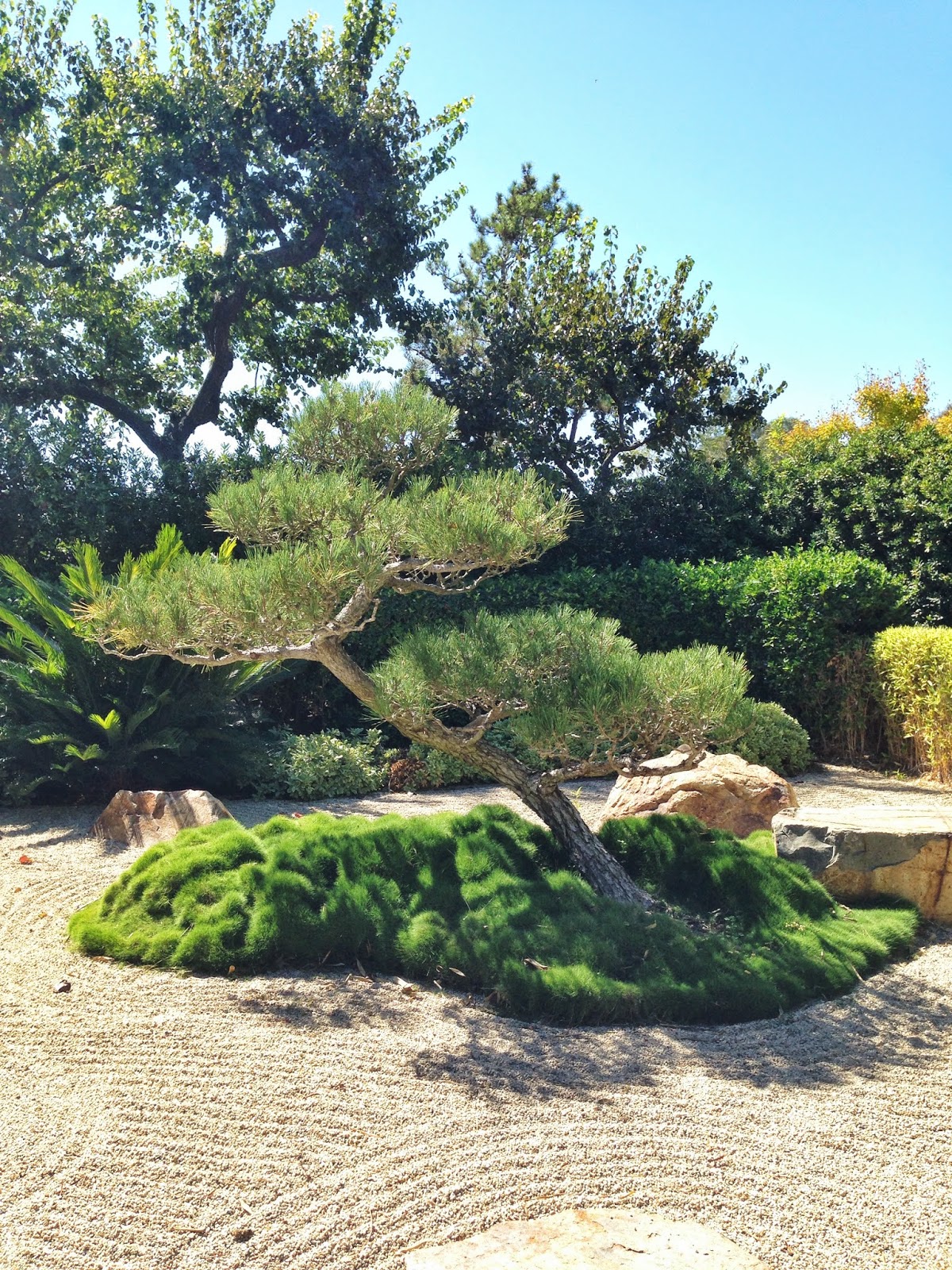What better vegetable to highlight at the end of
October than the pumpkin? Sadly, pumpkins are usually
forgotten about until its time to break out the carving tools for Halloween. Switching up your yearly pumpkin patch visits for a trip to a local farm can give way to lots of information, and possibly even shine some light on unrecognized tradition.
Pumpkins are members of the curcubit family,
which not only includes pumpkins but squash, cucumbers, luffas,
watermelons and melons as well. Because these orange veggies usually sprawl out
over a large area as they grow, a significant amount of space is needed and Tanaka Farms had plenty of it.
Nestled in Orange County just off the 405 is a farm
that has been owned and operated by three generations of the Tanaka
family since 1940. Each generation prides themselves in providing all families
with "quality products and educational experiences."
While this tucked away countryside field opens up
for a pumpkin patch every year in the fall, they also provide strawberry
tours in the spring and watermelon
tours in the summer. One of the best experiences
with visiting an actual farm is being able to physically pick
your own vegetables, and specifically in this case - pumpkins, fresh
from the vine.
When choosing the perfect pumpkin, a helpful Tanaka employee noted that you can tell when the vegetable is ripe for picking when the skin on the outside is tough, and the color is deep orange. Keep in mind that the vine will be thick, but you'll want to leave enough to use as a handle to carry the pumpkin if it's on the heavy side.
 |
| [Photo by Danielle Scharer] Part of Tanaka farm field filled with people looking for the perfect pumpkin. |
Getting to find out more about these vegetables (that we inevitably end up carving into) is a fascinating experience that is right at our fingertips. When you're looking for a pumpkin patch this year, think about paying a visit to a pumpkin farm. The freshness doesn't compare. After all, pumpkins are vegetables first and jack-o-lanterns second!












